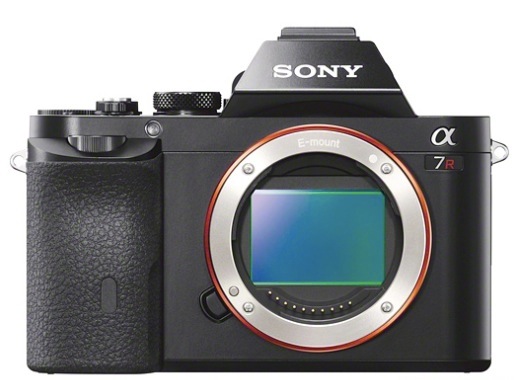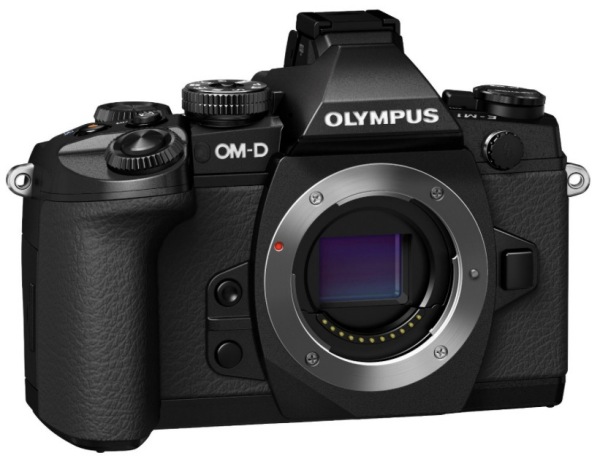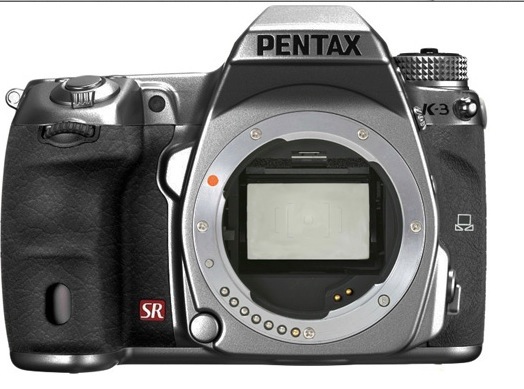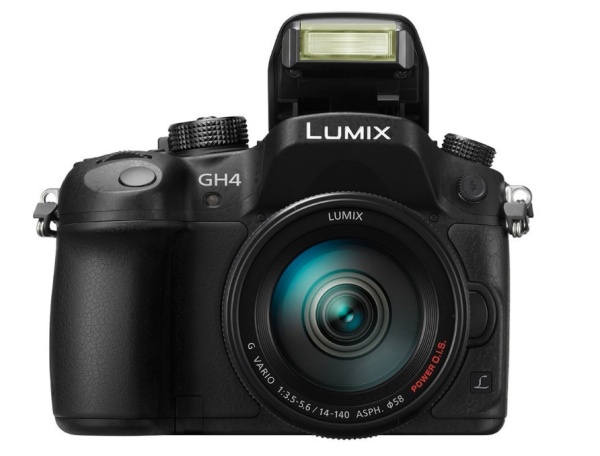Don’t worry about it.
On occasion when buying some new item of photo gear from which I hope to get many years’ use, the thought which crosses my mind is “What if the maker goes out of business?”

Sony’s innovative A7R Won’t be around long.
Over the past decades we have variously read that each of Leica, Zeiss, Ricoh, Pentax, Olympus, Panasonic, Sony, Nikon, you name it, will shortly be exiting the camera business. Yet all still make cameras and lenses, though the paucity of data about the profitability and size of the photo segments in these businesses makes it impossible to make meaningful predictions of the likelihood of demise.

From a soon to be bankrupt manufacturer, the thrilling OMD EM1.
Leica, after many reorganizations and recapitalizations, seems to be selling everything it can make to the collector set. It’s a private company and not about to tell what it’s earning. Pentax was, we are told, at death’s door until Ricoh bought it, but how much Ricoh makes on photocopiers – in themselves a dying business – to permit subsidy and recap of Pentax is unknown. Olympus we know for one startling financial statistic, being that over the past decade they committed the greatest accounting fraud since Enron yet today they remain in business helped along by the tightly knit society of Japanese bankers and industry, a philosophy also prevalent in Germany. Olympus meanwhile is rolling out some of the most exciting MFT bodies since the format was invented with Panasonic. Based on no data that I can find, Panasonic has been rumored to be exiting the MFT world for many quarters now but they continue to innovate with such splendid bodies like the GX7 and a raft of excellent lenses.

Pentax K3. The K is for Kaput.
Nikon, as a business with relatively few sidelines, has been cremated a dozen times over the past decade, while making some of the very best DSLRs available (the D4 and D800) and remaining a strong #2 (I’m guessing here) to Canon in the pro-DSLR stakes. Sony has stubbornly managed to lose vast sums in its flat panel TV business for over a decade now, but Japanese pride prevents then walking away from this commoditized sector. Their latest reorganization says they will focus on 4K TVs, but it’s hard to forget that the Trinitron CRT was once your cash cow. Meanwhile Sony experiments aggressively with new camera bodies and in the compact A7 and A7R full frame DSLRs they have shown that innovation remains in their soul. They also make sensors for more other camera makers than the latter care to admit.

The just introduced Panasonic GH4, from a maker
exiting the camera business any day now.
So why does America no longer make consumer cameras? I think the answer is a function of the transparency of American financial reporting and the brutal discipline of quarterly earnings reporting. Mess up and your stock and executive options go south, fast. It’s a system heavily focused on profitable growth and innovation. Once a product line is seen to be losing profit margins or revenues start dropping, it’s immediately put under the microscope of forensic accounting by both the company and Wall Street analysts, and Americans have never had an issue with dumping a loser and moving on. Whereas failure is punished in Germany and Japan, and its victims ostracized, here it’s seen as a badge of honor and a stepping stone to greater things. The cancer excised, we move on. iPod anyone?

Nikon D800. Finished. Fughedaboutit.
Accordingly, when dark thoughts of a camera manufacturer’s iminent demise crowd my brain at buying time, I disregard them. Not only have I yet to see any credible, predicitve data on all those rumored events, corporations are almost as good as governments in ‘kicking the can down the road’.